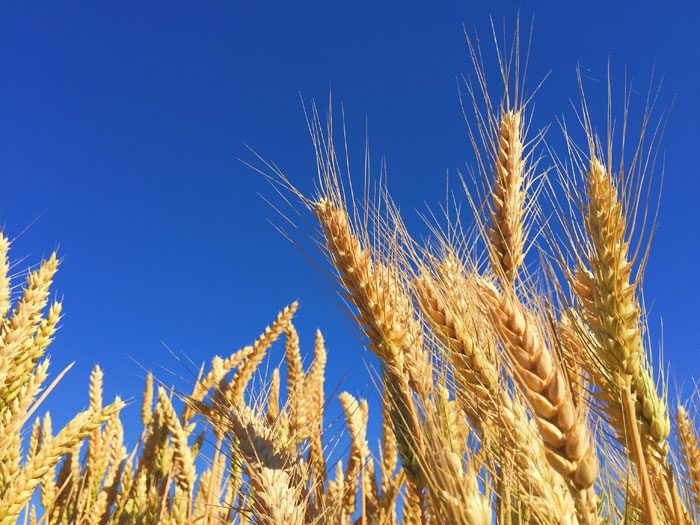
Written By: Beth Ehrensberger, RD
Title: Registered Dietitian
Alumni: University of Tennessee, Knoxville
Last Updated on:

No need to feel deprived if you follow a gluten-free diet – there are plenty of delicious gluten-free whole grains that are just right for you. In addition to adding flavor and variety to your day, they’re also super-healthy and brimming with antioxidants and fiber! Why not choose something new for dinner tonight? Our menu tips for gluten-free whole grains can make a simple, tasty, and just-right-for-your-diet meal.

Table of Contents
This high-protein whole grain can be ground into a flour to be combined with other gluten-free flours (like potato) for baking. Or, you can cook it up as a side to accompany grilled fish and a veggie. Just measure the desired amount of amaranth (along with the package’s recommended amount of water) into a pot, boil for 15-20 minutes, then drain, rinse, and eat. Amaranth can even be popped in a pot with a little oil just as you would do for popcorn; use it to make a fun and crunchy topping for whatever you like.
Don’t let the name fool you – there’s no wheat here! Buckwheat is a winner not only for its gluten-free whole grain goodness, but also for its high content of soluble fiber, protein, and minerals like potassium and zinc. One of the easiest ways to eat buckwheat is in the form of noodles. Toss together a quick meal of buckwheat noodles, veggies, and a lean meat like shaved chicken or pork, then shake on a little bottled low-sodium stir-fry sauce if you like for an easy weeknight meal. The big bonus? Buckwheat’s nutty, slightly sweet flavor is one that even the pickiest eaters can appreciate.
Don’t forget about this common staple when you’re looking for gluten-free whole grains. Wishing for a crunchy, carby afternoon snack? Dust off your old air popper (or go buy a new one for a nominal price) and make a healthy bowl of popcorn. Or, during the warm summer months, grill fresh, tender ears of corn for a simple dinner side. If you’re using cornmeal in recipes, just be sure to check the label to ensure it reads “whole grain” or “whole corn” to guarantee you are getting the benefits of whole grains.
It may be found in birdseed, but it’s not just for the birds! You can enjoy the high antioxidant power of this whole grain simply by popping it in a lightly oiled pot just as you would amaranth or corn. Like many other whole grains, you can use it as the base for a side dish to which you can add other flavors for a pilaf (think dried cranberries and mandarin oranges or pecans and chopped apricots); just simmer 2 1/4 cups of water (or low-sodium broth) per cup of millet for about 25 minutes, then fluff with a fork to enjoy.
Though you can find oats that are safe for a gluten-free diet, why not try a new hot breakfast cereal to warm your belly? Simmer a cup of rinsed quinoa with two cups of fat-free or 1% milk until most of the liquid is absorbed (about 20 minutes). Serve topped with berries or sliced banana for an eye-opening meal that’s full of fiber, protein, and potassium to rev up your morning. Also, like millet, quinoa makes a great base for a pilaf or grain salad.
A gluten-free diet doesn’t mean that you have to miss out on the nutritious goodness of whole grains – in fact, there are more whole grains that are gluten-free than those that are not! Try our tips, or experiment with others such as sorghum, montina, and wild rice to build your own list of favorite go-to gluten-free whole grains.
Alumni: University of Tennessee, Knoxville – Beth Sumrell Ehrensberger is a Registered Dietitian and holds a Master Degree in Public Health. An experienced nutrition counselor, writer and public speaker, Beth specializes in translating complex nutrition information into practical concepts. Beth was awarded a Nutrition Communications Fellowship to the National Cancer Institute, and has worked on the internationally recognized Nutrition Action Healthletter of the Center for Science in the Public Interest.
amaranth, buckwheat, corn, gluten free, millet, quinoa, whole grains